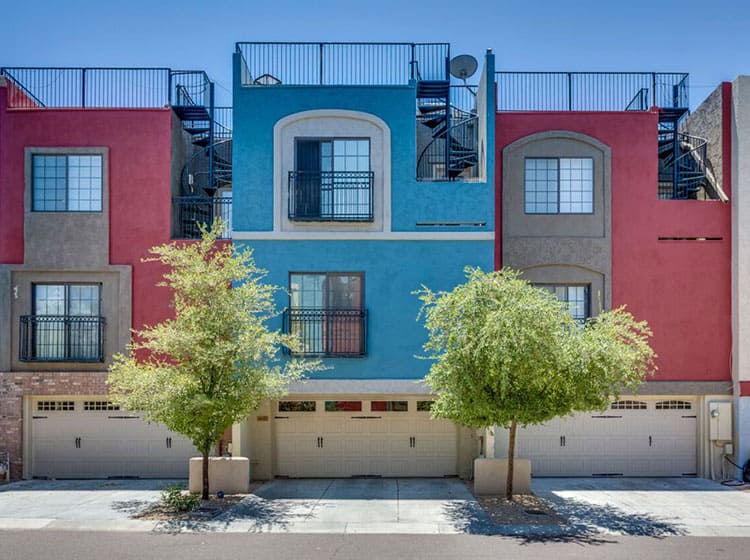Discover The Ways In Which Seasonal Variables Can Influence The Success Of Industrial Outside Painting And Establish The Best Times To Accomplish Lasting Outcomes For Your Task
Discover The Ways In Which Seasonal Variables Can Influence The Success Of Industrial Outside Painting And Establish The Best Times To Accomplish Lasting Outcomes For Your Task
Blog Article
Article Produced By-Aguilar Chaney
When you're planning a business outside paint job, seasonal factors can make or damage your outcomes. You'll wish to take into consideration exactly how temperature level and moisture influence paint application and drying out times. Picking the ideal period can ensure your paint sticks correctly and lasts longer. However which periods are really the most effective for this kind of work? Let's check out the crucial elements that can impact your job's success.
The Effect of Temperature on Paint Application
When you're planning an industrial outside painting task, the temperature level can dramatically affect how well the paint sticks and dries out.
Preferably, you want to paint when temperatures vary in between 50 ° F and 85 ° F. If it's also chilly, the paint may not heal appropriately, bring about concerns like peeling or breaking.
On the other hand, if it's as well warm, the paint can dry out as well swiftly, stopping appropriate adhesion and leading to an unequal coating.
You need to also consider the time of day; morning or late afternoon provides cooler temperature levels, which can be more favorable.
Always inspect the supplier's suggestions for the particular paint you're using, as they commonly offer support on the perfect temperature level variety for optimal outcomes.
Moisture and Its Impact on Drying Times
Temperature level isn't the only environmental element that affects your industrial exterior paint task; humidity plays a significant function also. High humidity degrees can decrease drying times dramatically, affecting the overall quality of your paint task.
When the air is filled with moisture, the paint takes longer to heal, which can result in issues like inadequate attachment and a greater risk of mold development. If you're repainting on a specifically moist day, be planned for extensive wait times in between coats.
It's vital to keep an eye on local weather and strategy accordingly. Ideally, aim for humidity levels in between 40% and 70% for optimal drying.
Maintaining these factors in mind guarantees your job stays on track and provides a lasting finish.
Best Seasons for Commercial Outside Painting Projects
What's the very best season for your commercial exterior paint jobs?
Spring and early fall are generally your best bets. Throughout Read More Here , temperatures are light, and moisture degrees are often lower, creating optimal problems for paint application and drying.
Avoid summer season's intense heat, which can cause paint to dry as well rapidly, resulting in poor attachment and coating. In a similar way, winter months's cold temperatures can prevent proper drying and treating, taking the chance of the long life of your paint job.
exterior painting st paul for days with temperature levels between 50 ° F and 85 ° F for optimum results. Bear in mind to examine the neighborhood weather forecast for rain, as damp problems can wreck your project.
Preparation around these variables guarantees your painting task runs efficiently and lasts much longer.
Conclusion
In conclusion, intending your business exterior paint tasks around seasonal factors to consider can make a considerable difference in the end result. By organizing job throughout the optimal temperatures and humidity levels, you'll guarantee better bond and drying times. Remember to watch on local weather report and choose the correct time of year-- spring and very early autumn are your best choices. Taking these steps will certainly aid you accomplish a sturdy and specialist coating that lasts.
